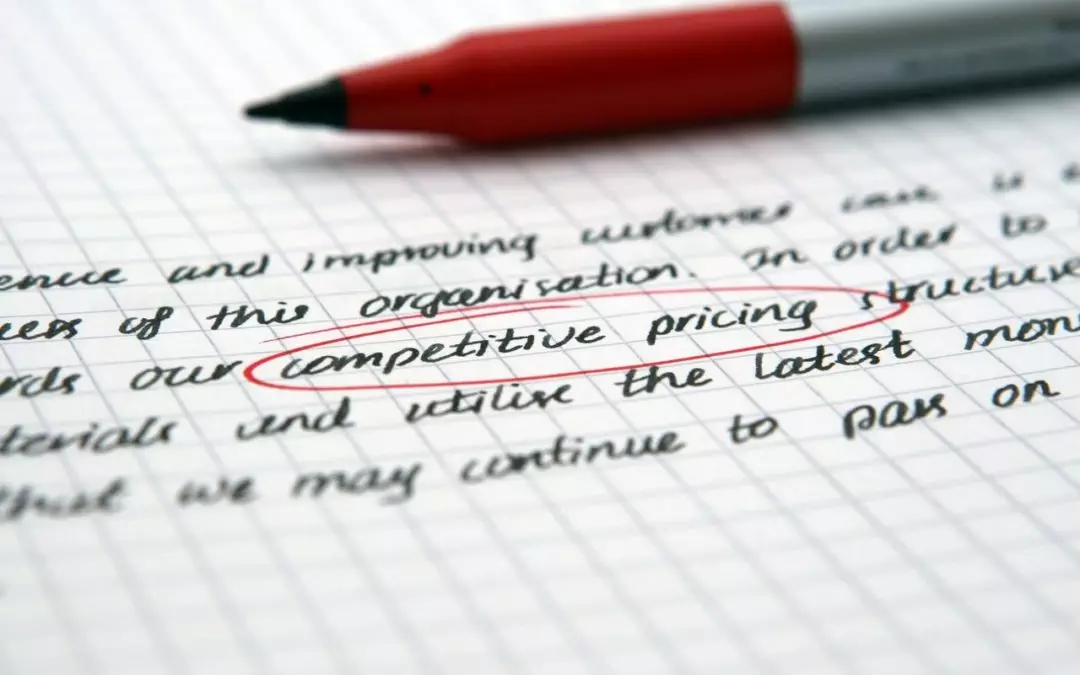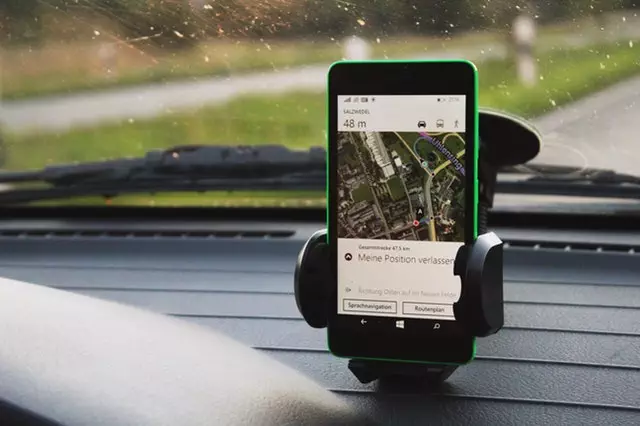

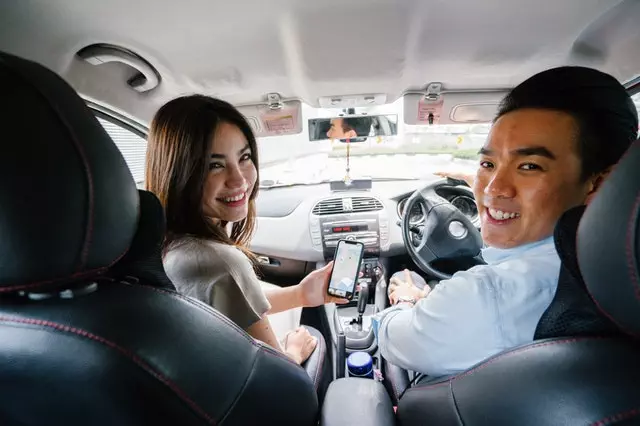
Does it matter if woman or men drive better?
Does it matter if women or men drive better? The light is peeking over the horizon, and slowly we’re wrapping up that conversation about the traditional battle of the sexes which has dominated how life is lived by thousands of different people. No matter who they are,...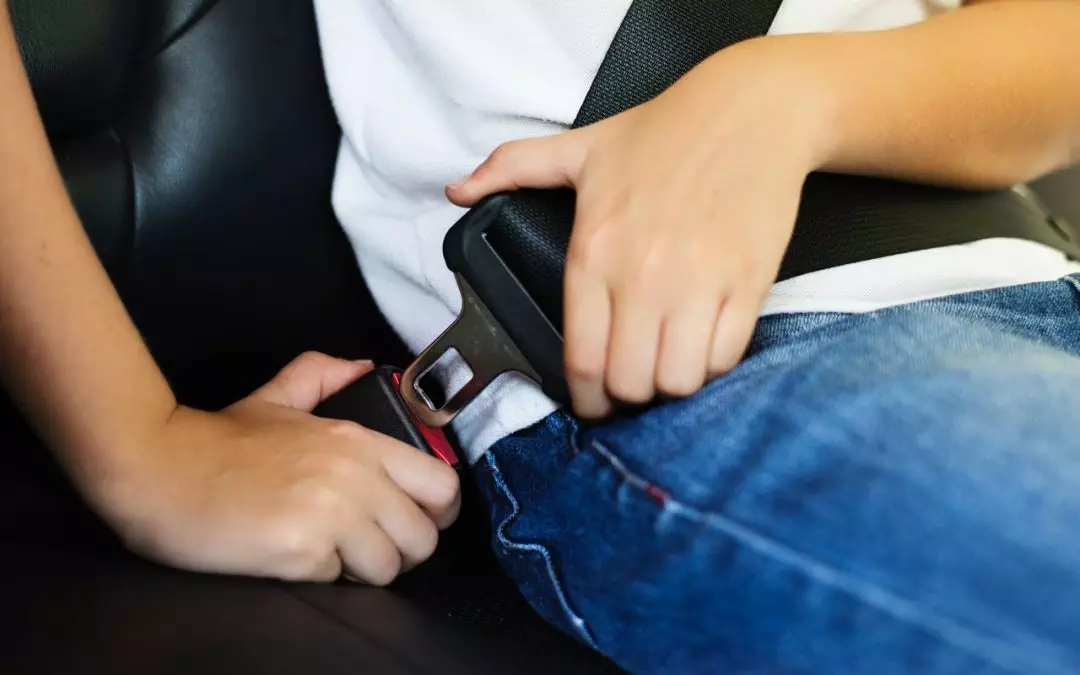
5 Essential Tips for Driving Safely with Children
Keep your little 1s safe on the road. March madness means different things to different people. To us in sunny South Africa, it refers to the increase in accidents on our roads over the March and April holidays. This is meant to be a glorious time with friends...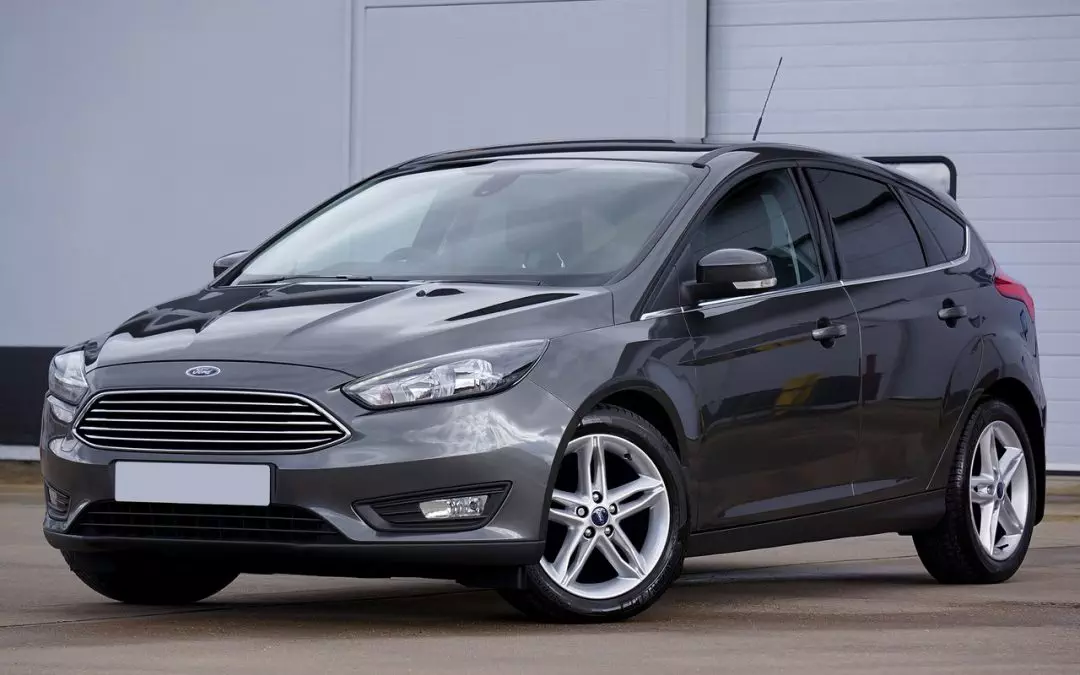
Always insure your car for its retail value
When you insure your car, you can choose how much you want to insure it for. We don’t mean that you can choose the exact value.
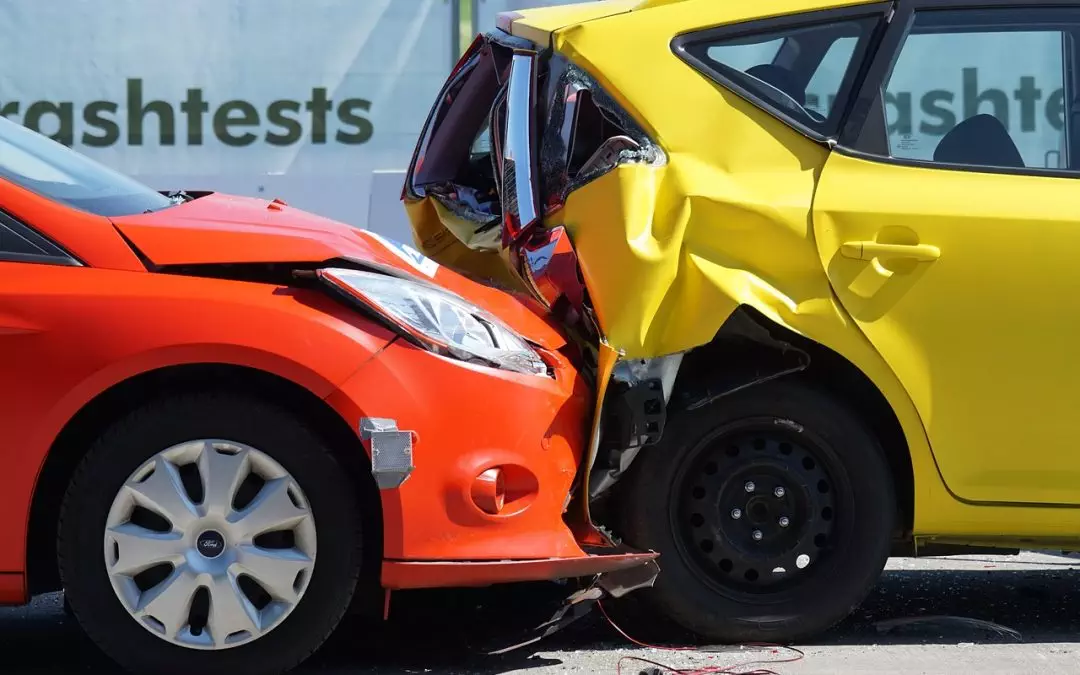
Third Party Liability
The deal with third party liability Third party liability is a common name for the type of car insurance you can get to make sure that you’re not on the hook for third party costs in the event of an accident. If you break it down, ‘liability’ means ‘responsibility’,...